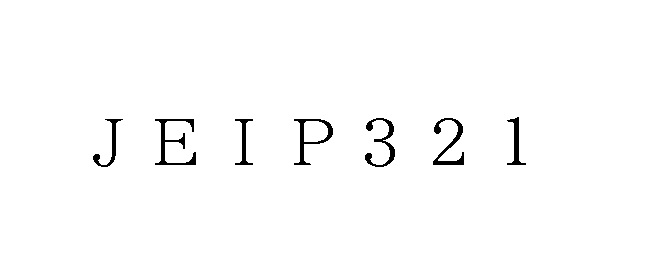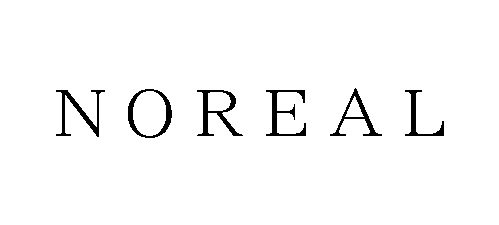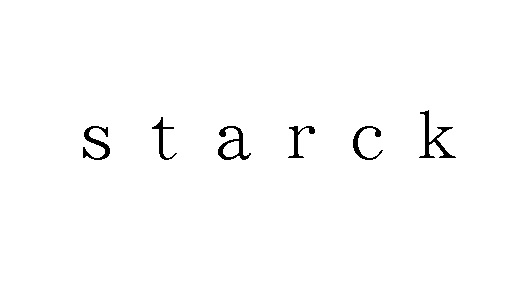The Japan Patent Office (JPO) dismissed an opposition filed by HACHETTE FILIPACCHI PRESSE, Société Anonyme (FR) against Japanese TM Reg no. 6681746 for the “elLle HOTEL” mark in class 43 by finding dissimilarity to and less likelihood of confusion with French fashion magazine “ELLE”.
[Opposition case no. 2023-900123, decided on November 29, 2023]
elLle HOTEL
Opposed mark, consisting of a stylized term “elLle” placed above strikethrough word “HOTEL” (see below), was filed on November 25, 2022, for use on hotel and restaurant services in class 43 by Yugen Kaisha Yamaguchi Jitsugo, a Japanese company.

The JPO granted registration of the mark on March 16, 2023, and published it for post-grant opposition on March 27, 2023.
According to the allegations, the applicant newly opened a fashion hotel named “HOTEL elLle” in 2022.

Opposition by ELLE
On May 26, 2023, before the lapse of a two-month opposition period, HACHETTE FILIPACCHI PRESSE, Société Anonyme (hereinafter referred to as HFP), a French company responsible for the well-known women’s magazine ELLE, which had the largest readership of any fashion magazine in the world, with culturally specific editions published on six continents in the early 21st century, filed an opposition to the “elLle HOTEL” mark.
In the opposition, HFP contended that the opposed mark shall be canceled in contravention of Article 4(1)(vii), (xi), (xv) and (xix) of the Japan Trademark Law.
Article 4(1)(xi) is a provision to refrain from registering a junior mark that is identical with, or similar to, any senior registered mark.
Article 4(1)(xv) provides that a mark shall not be registered where it is likely to cause confusion with other business entities’ well-known goods or services, to the benefit of the brand owner and users.
HFP argued that the opposed mark is similar to HFP’s earlier registrations for the mark “ELLE” and relevant consumers are likely to confuse or misconceive the opposed mark with HFP or any business entity systematically or economically connected with the opponent due to a remarkable reputation of opponent’s fashion brand “ELLE” and the close resemblance between the opposed mark and “ELLE”.
JPO decision
The Board admitted the “ELLE” mark has become famous among relevant consumers and traders as a source indicator of the opponent in connection with magazines, online magazines as well as fashion and daily items.

In the meantime, the Board questioned whether the mark “ELLE” has acquired a certain recognition in relation to the service in question.
Besides, the Board found the literal portion “elLle” would play a significant role in indicating a source of the opposed mark when used in the services of class 43. However, the Board held the term “elLle” shall be assessed in its entirety, and there is no reason to find relevant consumers consider it as “elle”. If so, the opposed mark is dissimilar to the “ELLE” mark even though respective concept is not to be compared.
Taking into consideration a low degree of similarity between the marks, the Board had no reason to believe that relevant consumers would mistakenly assume the opposed goods originate from the same source as or are associated with, the opponent when used on services in question.
Based on the foregoing, the Board decided to dismiss the opposition entirely.




















